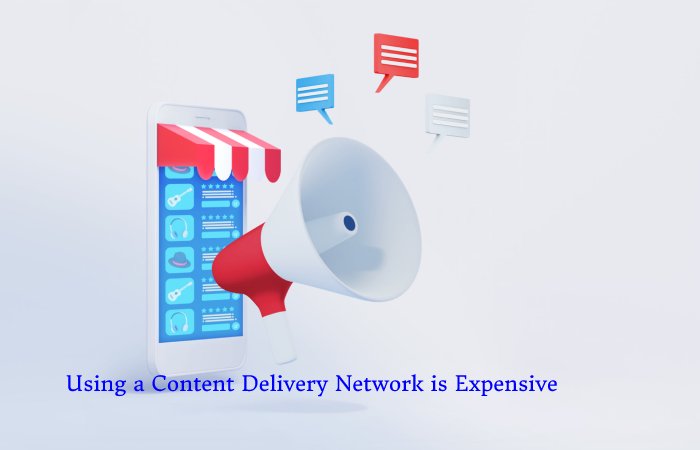Table of Contents
Introduction
A Content Delivery Network is a system of servers interconnected and distributed worldwide in several data centers. An exit server is responsible for preserving and arranging a web page’s original and current content. The goal of these so-called mirror servers is the flexible delivery of content. To do this, they fetch the content from the original server, mirror it, and constantly check its currency.
Thus, if a user visits a website, he automatically receives the data from the geographically closest server. The shorter distance between users and the server that delivers the data reduces web load times. Caching data on the CDN server also has a positive impact on performance.
The Myths Surrounding CDNs
Duplicate Content Is A Problem
A widely held prejudice is that by delivering copies of content, the use of a CDN will automatically incur duplicate content, a type of content that is frowned upon by Google. Search engines negatively evaluate the same content, as it does not provide any added value for the user
Canonical Header: every CDN must include the “canonical” Header. This HTTP header signals to Google that the content on the CDN is just a copy. Most CDN providers offer a dedicated feature to embed such a header with just a few clicks.
Robots
Google bot always looks for the robots.txt file when parsing a web page. Through this file, web page owners can define the rules under which the crawler must explore the content and those that should not be index. It prevents the generation of duplicate content. In case no file is found
Using a Content Delivery Network is Expensive

Numerous providers offer content delivery networks for a wide variety of applications. The options range from complete corporate packages to low-cost solutions for more modest web projects, so the title statement is not entirely correct.
Some free options exist, such as the beginner solution from the US provider Cloudflare. On the other hand, solutions like Amazon Cloudfront or Akamai are more expensive but, at the same time, highly reliable and efficient.
Aid For The Start-Up Of A CDN
For inexperienced users, the principle of a CDN is not exactly obvious, but its configuration is not something impossible to learn. Depending on the service provider and rate, you may receive assistance during implementation; In addition, on the Internet, you will find a large amount of information and documentation. The operator’s most important task is deciding which files to cache on the CDN.
Does a CDN have on Search Engine Optimization?
SEO is often associate with content delivery networks, mainly due to their apparent advantage for search engine rankings: a CDN can significantly improve the loading speed of a website. However, to a study, a user’s satisfaction decreases by 16 per cent second that passes during the loading process. Thus, a page-load that takes a long time leads to dissatisfied users and, in the worst case, losing visits, something that every web operator naturally wants to avoid.
The loading time of a web page is significant for SEO as it impacts different parameters, such as the bounce rate or the abandonment rate. It is not a secret that if a web page is prolong, many users will abandon it almost immediately
Conclusion
The bounce rate, this problem also hurts the time a visitor spends on the web, as fine as on the conversion rate, or in other words, on the entire user experience.
